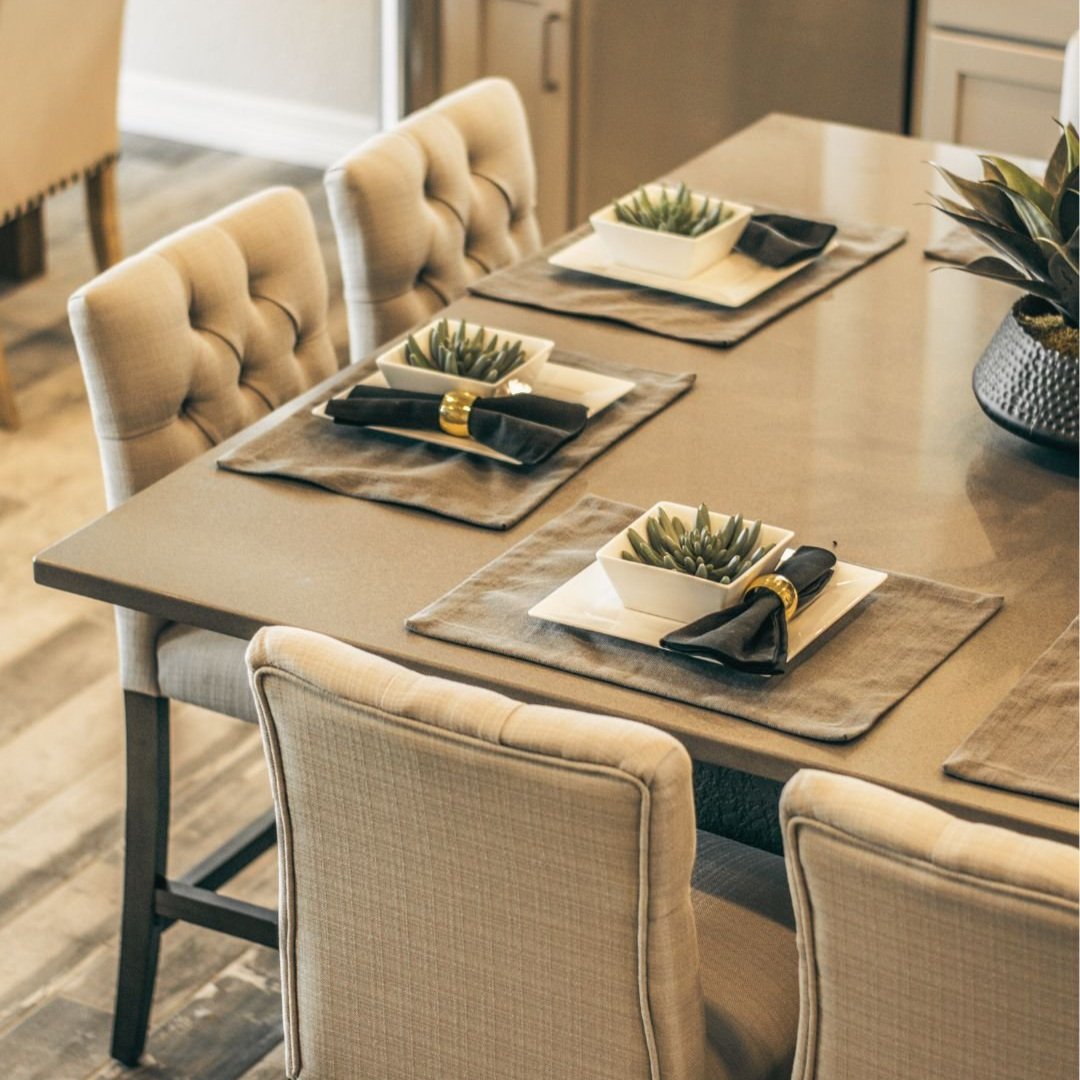IP Law for Interior Designers Part 2: Trademarks When, Why & How
/Last week I shared the trademark basics in Part 1 and today I’m sharing more information on when, why and how you get a trademark for your business. Keren de Zwart of Not Your Father’s Lawyer wrote this post.
An important part of building your business is building your brand. You want your customers and clients to know your business, your culture, and of course, your products and services. Trademark law can help protect your brand as you grow your business, and allows you to keep copycats from confusing your customers.
But how do you actually go about protecting your trademark? And what do you do once you have a registered trademark?
Protection without a Registered Mark
In the United States, even if you don’t officially have a mark registered with the United States Patent & Trademark Office (USPTO), you still have some protections if you are using your mark in commerce. Known as “common law” trademarks, they’re protected under state law principles of unfair competition–i.e. someone else can’t benefit from the goodwill you’ve built by passing the product off as their own. But don’t rely on common law trademark protection. It is very limited both in geography and brand protection.
Difference Between Your Logo and Your Word Mark
A common misconception is that if you trademark your name, you’ve trademarked your logo and vice versa. In the world of trademarks, those are two different things. When you registered the name, it’s a standard character mark. Your protection is the word(s), not the specific logo. When you trademark the logo, you’re not trademarking the words, just the design–the font, characters, styling.
So shouldn’t you register both? Well, that sometimes depends on what you can afford at the time. Since each piece is different, you have to pay for registration twice. And if you’re registering a trademark in multiple classifications, that can get expensive really quickly.
If you have to choose, go with the standard character mark of the name. Why? Put simply, it offers you more protection. You can change your logo and the name is still trademarked. Someone with a different logo but same name can still be infringing on your intellectual property protection.
Using the Correct Symbols
One last thing. Did you know there are different symbols for different aspects of trademark law?
A ™ symbol (or SM for service marks) is used to notify the public that a term, slogan, or logo is being claimed as a trademark under common law rules, but note that using the ™ or SM symbols does not guarantee protection under trademark law. To succeed in a common law infringement action, the owner must prove both that 1) the owner was the first to use the trademark; and 2) the use of the same/similar mark by the other party confuses the public from distinguishing the source of the goods/services.
After your mark is officially registered with the USPTO, it’s important to use the ® symbol to notify consumers and any trademark applicants that the mark is registered with the USPTO. Do not use this before you have a certificate of registration with the USPTO. It is illegal to use the ® on anything that is not officially registered with the USPTO. That not only means using it when you haven’t even applied, but also not using it until and unless the USPTO send you a certificate of registration.
Ready to Protect Your Trademarks?
If you want to take the next step in protecting your trademark, Keren de Zwart, founder of Not Your Father’s Lawyer, can take you through the entire process, from research and assessing the registrability of the mark, to applying for a trademark, responding to office actions, and taking the process all the way through to a registered trademark for one, flat-fee price. For more information on Keren, please check out her website at www.notyourfatherslawyer.com.
Over the next few weeks I’ll be sharing information about copyright law and social media. Stay tuned for more interesting info. And of course, if you have other intellectual property law topics pertaining to interior design that you’d like us to share, please let me know!
Stay safe!
XX, Danae































